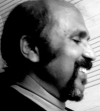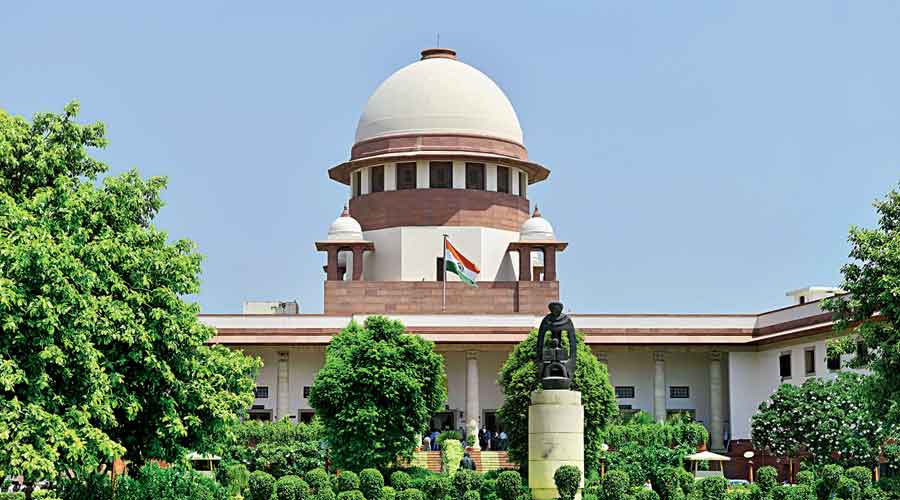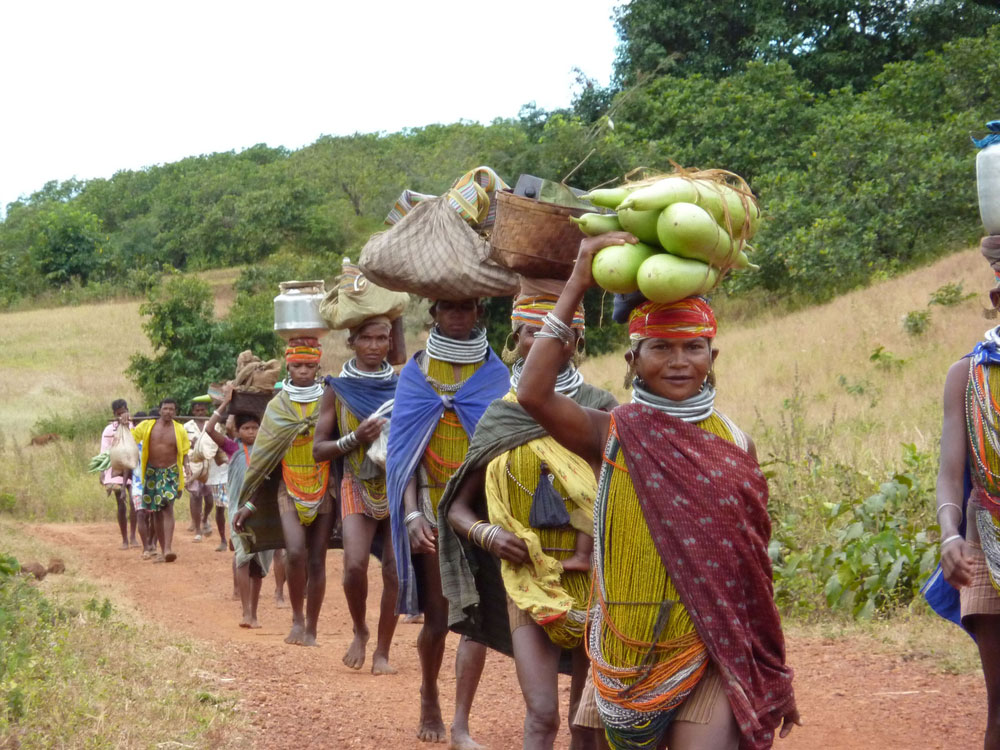In his book Pakistan or the Partition of India (1940) Dr. Ambedkar warns: “If Hindu Raj becomes a reality then it would be greatest menace to this country. Whatever may Hindus say, actually it does not make a difference that Hinduism is a danger to Independence, Equality and Brotherhood. Thus it is an enemy of democracy. We should make all out efforts to stop Hindu Raj from becoming a reality.” For Dr. Ambedkar, a Hindu nation meant a nation where the twice-born castes would prevail upon Dalits, OBCs and women. For him, it did not mean just domination over Muslims, as the progressives, Leftists and liberals of India believe.
In his book, Revolution and Counter Revolution in Ancient India Dr Ambedkar says “In the first place it must be recognized that there has never been such as a common Indian culture, that historically there have been three Indias, Brahmanic India, Buddhist India and Hindu India.” Later, in this book he says that the history of India before the Muslim invasions is the history of a mortal conflict between Brahmanism and Buddhism.” He writes Ashoka made it the religion of the state. This of course was the greatest blow to Brahmanism. The Brahmins lost all state patronage and were neglected to a secondary and subsidiary position in the Empire of Ashoka. Indeed it may be said to have been suppressed for the simple reason that Ashoka prohibited all animal sacrifices which constituted the very essence of Brahmanic Religion. The Brahmins had not only lost state patronage but they lost their occupation which mainly consisted in performing sacrifices for a fee which often times was very substantial and which constituted their chief source of living. The Brahmins therefore lived as the suppressed and Depressed Classes for nearly 140 years during which the Mauryan Empire lasted.”
A conspiracy was then hatched to overthrow the Buddhist state to establish the rule of Brahmins once again. Describing this conspiracy, Babasaheb Ambedkar in his book, ‘Revolution and Counter Revolution in Ancient India’ says, A rebellion against the Buddhist state was the only way of escape left to the suffering Brahmins and there is special reason why Pushyamitra should raise the banner of revolt against the rule of the Mauryas. Pushyamitra was a Sung by Gotra. The Sungas were Samvedi Brahmins, who believed in animal sacrifices and soma sacrifices. The Sungas were therefore quite naturally smarting under the prohibition on animal sacrifices throughout the Mauryan Empire proclaimed in the very Rock Edict by Ashoka. No wonder if Pushyamitra who as a Samvedi Brahmin was the first to conceive the passion to end the degradation of the Brahmin by destroying the Buddhist state which was the cause of it and to free them to practise their Brahmanic religion. That the object of the Regicide by Pushyamitra was to destroy Buddhism as a state religion and to make the Brahmins the sovereign rulers of India so that with the political power of the state behind it Brahmanism may triumph over Buddhism…The counter-revolution against the Mauryan Empire, which Pushyamitra initiated, aimed at destroying Buddhism (with the murder of the last Mauryan king Vrihadhrat) and establishing Brahminism is clear from the promulgation of Manusmriti as a code of laws. How pitiless was the persecution of Buddhism by Pushyamitra can be gauged from the proclamation which he issued against the Buddhist monks. By this proclamation Pushyamitra set a price of 100 gold pieces on the head of every Buddhist monk.”

Regarding what happened after this victory, Dr Ambedkar writes, ‘The transformation of Varna into Caste was the most stupendous and selfish task in which Brahminism became primarily engaged in, after its victory’. The aim behind changing Varna to caste is not difficult to imagine. The only aim was that the high positions and prestige the Brahmins had enjoyed becomes the privilege of each Brahmin and flows smoothly to his progeny regardless of their virtue or skill. This meant that every Brahmin, no matter how corrupt or unworthy he may be, should be placed on the pedestal of position and honour, a place which only a few with merit could occupy. This was a successful move to glorify the entire Brahmin community. It came to a point that in Manusmriti, Manu states
Avidhwancshryav vidwansch brahmanon dyawanta mahat
Pranitschapranitschayathagnidaivatam mahat
(Just as in the Shastras the common fire and Lord Agni are both noble, Brahmin, whether he is an idiot or a scholar in both forms, he is a noble god
He further says:
Evam yadyapyanishteshu vartante sarvakarmsu.
Savartha brahamana pujya param devant hi tat
(And even if the Brahmin is engaged in abject deeds, he shall be worshipped in all ways because he is a noble god)
Further, Babasaheb writes “It is sad that it was done in the name of religion. But for those who have understood Brahminism, there is no need to despair. Brahminism uses religion as a front for its greed and for selfish political gains.’ This Brahminism became part of the Hindu religion and for thousands of years forced shudras, ati-shudras and women to lead a hellish life.
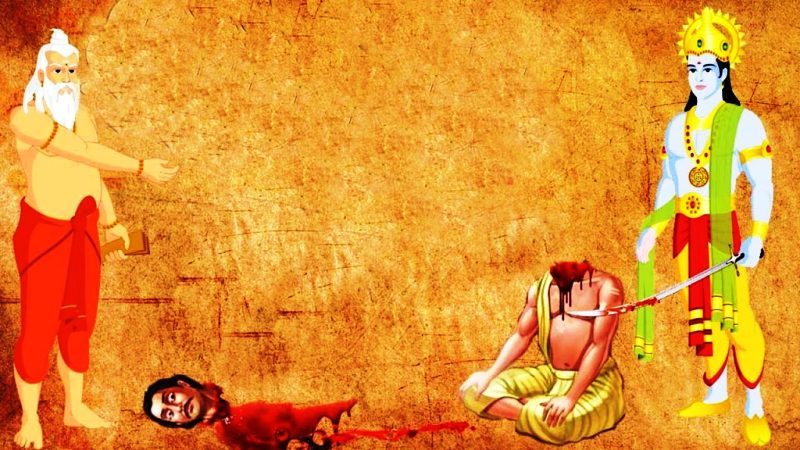
Brahminism tried to cover itself in the garb of Hindutva. It became synonymous with Hindutva. The term Hindutva was used in Medieval India. The Hindutva of Medieval India was challenged by Kabir and Raidas but their influence was limited. In the modern times, Jotirao Phule launched a strong attack on the Brahminic Hindutva. But the world knows Bhimrao Ambedkar as person who shook the foundations of Hindutva. Inspired by Gautam Buddha, Kabir and Jotirao Phule, he attacked Hindutva from all fronts. Babasaheb used facts and arguments to launch a reasoned and logical criticism of the Hindu religion, their culture, attitudes, traditions, religious texts and the various avatars — Rama, Krishna — and their saints and scholars. This angered the upper classes of the Hindus and they started attacking Ambedkar. Among them was Gandhi, known as the Mahatma. Gandhi was so hurt by Ambedkar’s book, Annihilation of Caste, that he wrote a long article in its response, to which Babasaheb gave a fitting reply. In his article Gandhi wrote, “Dr. Ambedkar is a challenge to Hinduism”. In this article, he also openly endorsed the originator of the caste system — the Varna system.
It was Dr Ambedkar who, in the course of three thousand years of Indian history, posed a decisive challenge to Brahminism that derives its strength from Hindutva. Not only did he challenge Hindutva, he also presented social, political, economic and religious alternatives. He dismissed Hindutva and clearly stated said it had nothing to offer to humanity. In Annihilation of Caste, he answered Gandhi’s questions on why he hated Hindus and the Hindu religion. He writes ‘I hate Hindus and the Hindu religion because I am convinced that it propagates the wrong ideals and has a social life of the wrong kind. I do not oppose the Hindus and the Hindu religion only because of its failings in social customs. My quarrel is with its ideals.’
Dr. Ambedkar clearly states that he despised the Hindu religion because of its belief in caste. Its existence lies in caste, a poison that it has spread amongst Sikhs, Muslims and Christians. In Annihilation of Caste, he writes “The entire social conduct of the Hindus is like the narrow and corrupt practices of uncivilized tribes where the concept of right and wrong or good and evil is limited to its own community. Instead of favouring the right and condemning the wrong, their uppermost concern is to oppose their caste or not.”
Dr Ambedkar did not see anything positive in the Hindu religion because there was no place for humanity in it. In ‘Annihilation of Caste’, he also writes, “The Hindu religion is nothing but a horde of ideals and constraints. It is mere collection of the Vedas, smritis, yagnas, social etiquette, political conduct and subjects such as rules of purificaton etc. The religion is found in the compilation of its ideals and constraints. The real religion which spells out the spiritual ideals and that which is useful to all human and world communities is not found among the Hindus and even if there were a few such ideals, they do not play an important role in the lives of the Hindus. The religion of the Hindus is only a religion of ideals and constraints.”
He found the whole system contemptible. He writes ‘In this way, the whole system is disgusting, the Brahmin is a creature that the Almighty has created for physically and mentally exploiting people. It is a poison that has destroyed the Hindu society. In this book, Babasaheb boldly declares that if Muslims were cruel, the Hindus have been degenerate and that is worse than being cruel. Expounding on the reasons for this character of the Hindus he writes, Brahmins made fools of the Kshatriyas and the two brought the Vaishyas under them. However, all three decided to keep the Shudras down. They prevented the Shudras from owning property because it should not be that after acquiring property, they are free from the clutches of the upper three castes. Shudras were prevented from acquiring knowledge, lest they are aware of their welfare. They were banned from keeping weapons lest they revolt against the system.’
Dr Ambedkar believed that the Hindu religion foisted its weaknesses upon the shudras and turned them into utter slaves of the three Varnas. They turned their religious, social political and economic life into such that it could not be described as human life. The life of the shudras was made worse than that of animals. Brahminism, Hinduism and their custodian, Manu, did the same with women.
In ‘Revolution and Counter-Revolution in Ancient India’ and ‘The Rise and Fall of Hindu Women’ Dr Ambedkar writes that Manu placed the woman at par with the Shudra. Just like the Shudras, women too were banned from studying the Vedas. This, he explained by quoting Manu.
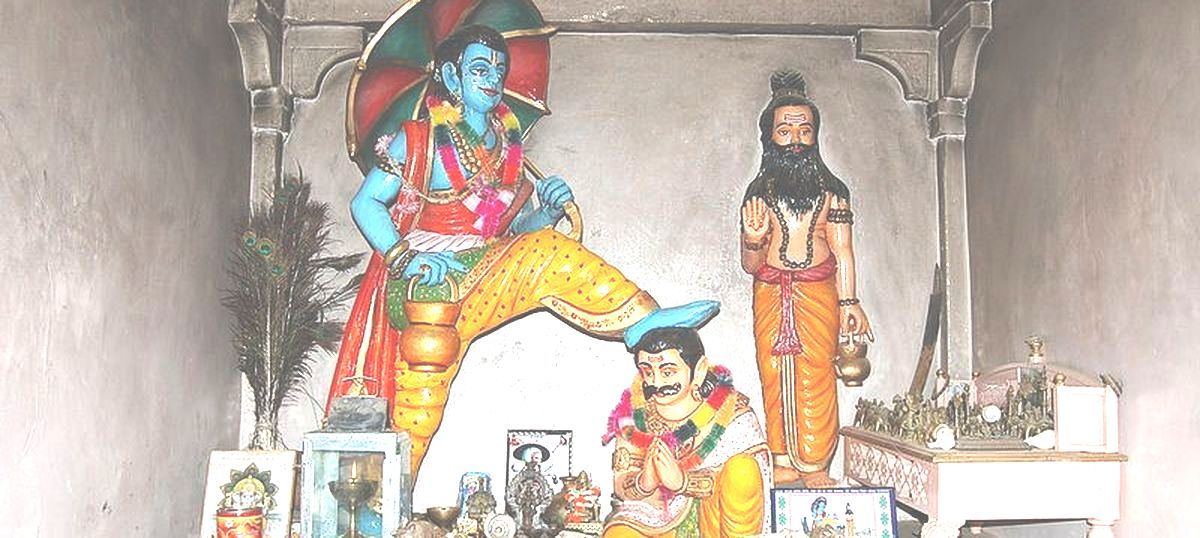
Manu writes:
Naasti strinan kriya mantryariti dharme vyavastithi
Nirindriya hymantrashcha striyonrityiti stithi
(Women do not have the right to read the Vedas and therefore, rituals followed by them do not involve the mantras from the Vedas. Since they do not have the right to read the Vedas, they have no knowledge of religion. It is necessary to study and chant Veda-mantras to eliminate sin. Because women cannot study the Vedas, they are impure just like falsehood is impure)
Manu also permits women to be beaten just as the Shudras. According to him–
Bharya putrascha dasscha preshyo bhrata ch sodaraha
Praptaparadhastadya syu rajjwa venudalen va
(If a woman, son, slave, teacher or a younger brother commits a crime, s/he should be tied with ropes and beaten)
Ambedkar writes that Manu was just as harsh with women as he was with the Shudras.
The above examples show how much Dr Ambedkar detested the Hindu religion propagated by the Brahmins and the followers of Manu. He made lifelong effort to free the Shudras and the women from the clutches of the Hindu religion.
(Translation: Maitreyee Sganapathy, Copy-editing: Amrish Herdenia)
Forward Press also publishes books on Bahujan issues. Forward Press Books sheds light on the widespread problems as well as the finer aspects of Bahujan (Dalit, OBC, Adivasi, Nomadic, Pasmanda) society, culture, literature and politics. Contact us for a list of FP Books’ titles and to order. Mobile: +917827427311, Email: info@forwardmagazine.in)
The titles from Forward Press Books are also available on Kindle and these e-books cost less than their print versions. Browse and buy:
The Case for Bahujan Literature
Dalit Panthers: An Authoritative History

